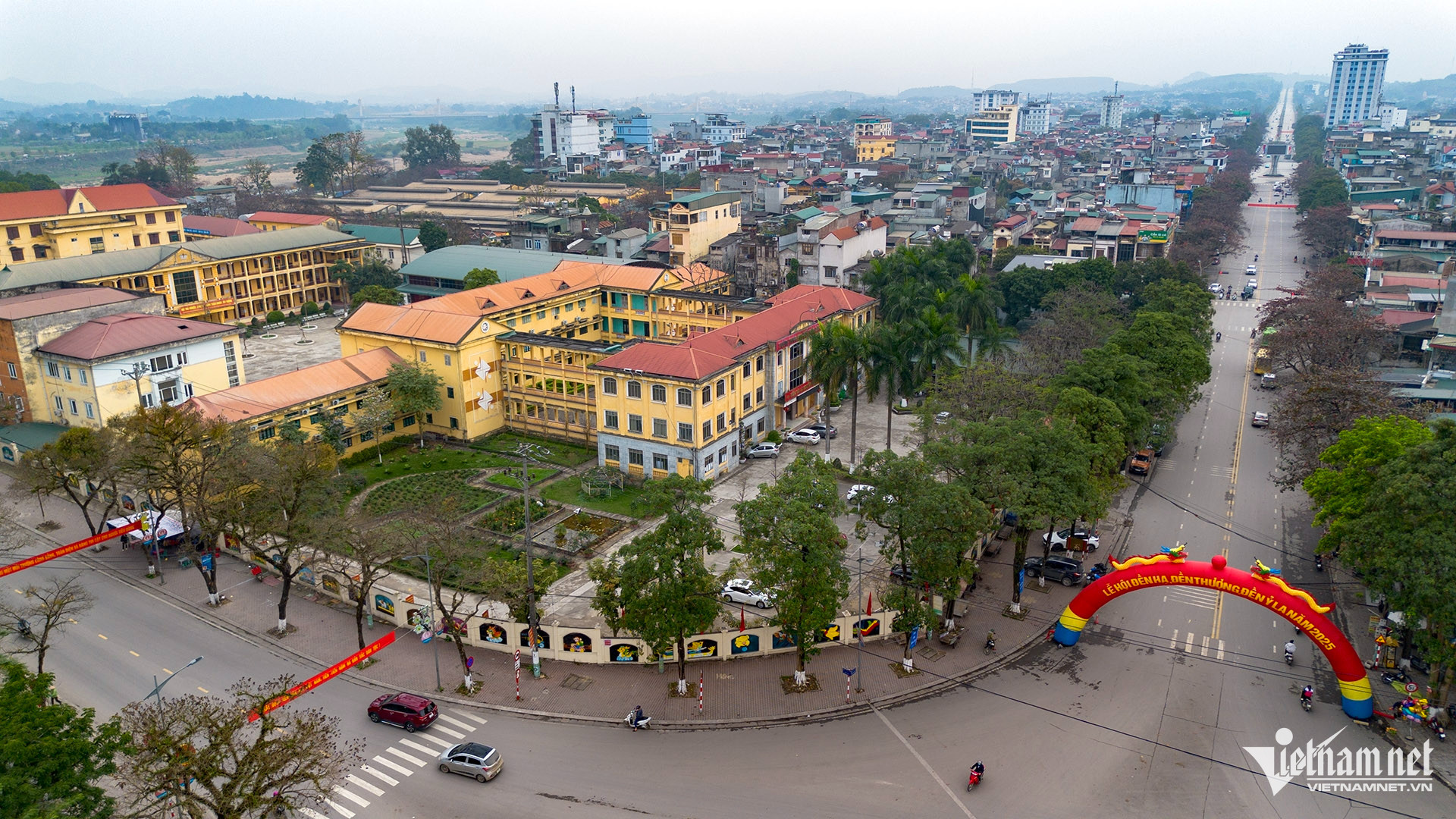
Vietnam plans to merge 52 provinces while keeping 11 provinces and centrally governed cities unchanged, according to a draft resolution released by the Ministry of Justice.
The resolution outlines criteria for merging administrative units at the provincial and communal levels, including natural area, population size, history, traditions, culture, religion, ethnicity, geo-economics, geopolitics, national defense, and security.
These criteria follow Resolution No. 1211/2016 of the National Assembly Standing Committee, amended in 2022.
Provinces to be merged
According to the draft, the following 11 provinces and cities will remain unchanged: Hanoi, Hue, Lai Chau, Dien Bien, Son La, Cao Bang, Lang Son, Quang Ninh, Thanh Hoa, Nghe An, and Ha Tinh.
Meanwhile, 52 provinces and centrally governed cities are slated for merger, including:
4 centrally governed cities: Hai Phong, Ho Chi Minh City, Da Nang, Can Tho
48 provinces: Ha Nam, Hung Yen, Vinh Phuc, Bac Ninh, Thai Binh, Hai Duong, Nam Dinh, Ninh Binh, Bac Kan, Thai Nguyen, Phu Tho, Bac Giang, Hoa Binh, Tuyen Quang, Lao Cai, Yen Bai, Ha Giang, Ninh Thuan, Quang Tri, Phu Yen, Quang Binh, Quang Ngai, Khanh Hoa, Dak Nong, Tay Ninh, Binh Duong, Binh Thuan, Binh Phuoc, Ba Ria - Vung Tau, Ben Tre, Bac Lieu, Vinh Long, Hau Giang, Tra Vinh, Tien Giang, Soc Trang, Dong Thap, An Giang, Long An, Ca Mau, Quang Nam, Binh Dinh, Dak Lak, Dong Nai, Gia Lai, Kon Tum, Lam Dong, Kien Giang.
According to the draft, when merging provinces, the new administrative unit will be designated as a province. If a province merges with a centrally governed city, the resulting unit will be called a centrally governed city.
Reducing the number of communes
The restructuring of commune-level administrative units will take into account historical, cultural, religious, and ethnic characteristics, as well as geographical and natural conditions. In cases where four or more communes are merged, area and population standards will not apply.
After merging, the number of commune-level administrative units will be reduced by 70-75%, aiming to reorganize local governments into a two-tier model (eliminating the district level) instead of the current three-tier model. The number of commune-level units will be reduced from 10,035 to around 3,000.
Localities will be allowed to choose names for the new administrative units but are encouraged to use the names of the original district-level units, accompanied by numerical order for better digitalization and data management.
Support and staffing adjustments
The draft resolution stipulates that the number of officials and civil servants in new provincial and communal administrative units must not exceed the previous total. However, this number will gradually decrease over a five-year period from the effective date of the resolution.
Leaders and managers will retain their salaries and allowances for six months after the merger. After that period, salaries and allowances will be adjusted according to their new positions.
To support the restructuring, the central budget will allocate a one-time financial aid of $4.2 million (100 billion VND) for each merged provincial unit and $21,000 (500 million VND) for each merged commune unit. This funding will be included in the local budget for 2026.
Nguyen Thao